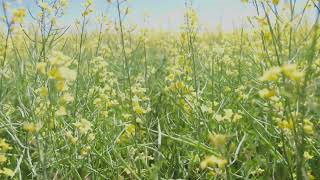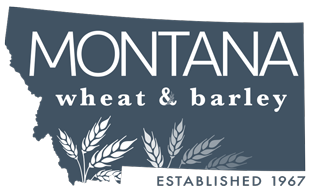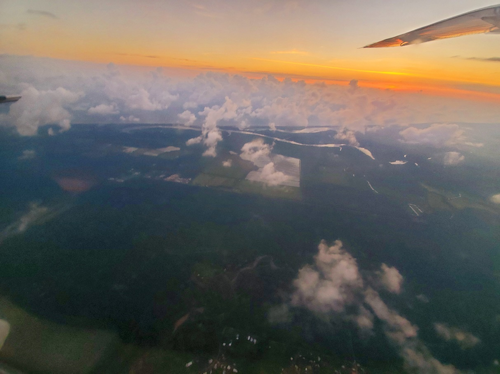Over the holidays I was able to travel to Costa Rica for a family vacation. A region I am quite unfamiliar with, brought many eye-opening cultural experiences. A relatively small country roughly 10% the size of Montana, filled with volcanoes, jungles, and a rich coast. On my travels I was shocked by the fields of palm trees as far as the eye can see. Roughly 118,000 acres of planted palm is a very small amount compared to the 49 million acres of palm worldwide. The palm industry makes up 36% of the world’s vegetable oil, and is often the headline of social controversy, seen as replacing rainforest, lowering orangutan populations and poor labor treatment. Yet palm produces 20 times more oil per acre than other crop alternatives. Trending products are seeing increased consumer demand if the product is “palm free.”
Source: I highly recommend reading this article that lays out the palm situation very well, Palm Oil

The world’s demand for vegetable oils is ever increasing, with demands from the renewable diesel market skyrocketing in the last year. In the northern plains, renewable diesel has been headlining ag news. New refineries, Exxon Mobil investments, and several new crushers being built. Sustainable aviation fuel is now being used sparingly to appease fossil fuel social pressures. Do we have enough feedstock to meet these new investments? “We Don’t” said Chris Clayton of DTN
How do social pressures and new investments impact Montana?
Canola in the Treasure State has proven to be a profitable crop but the market is slow due to limited logistical avenues. Camelina is a crop with mixed grower perceptions and hesitation. It was once a trendy crop like hemp and Jerusalem artichoke tubers, but quickly fizzled and is now in resurgence. If trends stick after the second hype, look for hemp and camelina to find their niche. I am still holding onto hope for Jerusalem Artichoke Tubers (I joke). Calumet of Great Falls has begun construction of a renewable diesel refinery. With several crushers being built in Canada and North Dakota, there are rumors of an announcement of a crusher in Montana. Government fuel subsidies are the key to driving this investment, with tax credits possibly being renewed in the Build Back Better plan into 2026. Look for increase in canola and camelina marketing opportunities.
There’s only one thing left in the picture of recent BIG MONEY investments, increased planting of canola and camelina. When the market demands, we will see producers quickly take the opportunity. The contracts will need to compete with over 10 other crops you can grow in the Treasure State. Since this is an opinion article, I will make my guess on future acreage. Based on the current information, my conservative estimate is canola acreage to hit 1 million, and camelina acreage to exceed 200,000 acres by 2025. This will have an impact on wheat and barley acres, possible marginal decreases, with yield gains. Montana, now offering the most sustainable rotation on the planet, pulse, oilseed, and small grain. The key element is to ease social pressures. We have the most incredible feel-good sustainable stories, science-based production practices, and technological adaptations. It is critical to continue to tell our story. All things are pointing towards a bull market for Montana producers.
With the complex social pressures and dynamic markets of the vegetable oil industry, a need for a producer led check-off in Montana is a critical missing piece. The check-off can lead agronomic studies, plant breeding and marketing efforts so social pressures never influence actual best practices for real sustainability in the Treasure State. Growers will be protected with a leading voice of a check-off commission and Montana State University studies to back it.
As we navigate inflation, shrinkflation, pandemics and government aid all I have to say is Pura Vida! You’ll have to go visit Costa Rica to understand that phrase.

